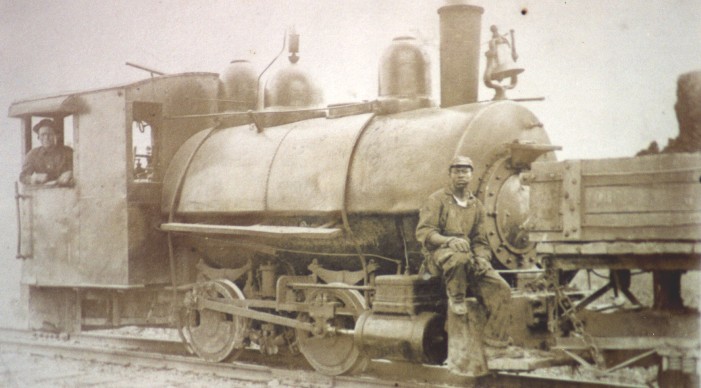 North Shore Heritage Memories
North Shore Heritage Memories North Shore Heritage Memories
North Shore Heritage MemoriesThere was a saw mill at the mouth of Forney Creek also a small saw mill at poplar flat on bear creek. Also a church, school, and a commissary or a grocery store. One of the owners of the grocery store was John Monteith. According to Toby Clark his father a logger on Forney Creek in the early 1900's there was several lumber companies operating on Forney. Norman Clark did contract work for the Norwood Lumber Company from 1916 until land acquisition for the Park began in 1926.
By 1930 logging had almost stopped in the area because of the Park. According to Clark more than 1500 people lived on Forney Creek during the logging boom. The loggers lived in camps near where they were logging. A railroad spur went to the camps to bring the logs back to the sawmill. Usually loggers only went to town once a week. Usually one man and his wife looked after the logging camp. The wife cooked the meals. The husband sometime called (lobbylog) done most outside chores. He fed the animal's mended harnesses, repaired tools, and file saws. Wages for a six day 10 to 12 hours a day, about 10 to 20 cents an hour.
Men road small wood burning trains called Shay and Dinky to the logging camps, these were narrow gage tracts. From the mouth of Forney Southern R-R went to Fontana and Bryson City.
Large poplars five to six feet through, wild cherry, almost that large and chestnuts five to six feet through, balsam was about small about four feet. All cutting was done by axe or cross cut saw which was often called a "misery whip". Most of the logs were dragged out by teams of oxen. Men that worked the oxen were called "bullwhackers". Logs were pulled by oxen down to the trails, and then horses pulled the logs to the railroad landing. Teamsters drove the horses and a man called "grab jack" would work behind with a peavey to keep the logs from getting stuck. On steep grade the logs would sometimes go by the horses this was prevented with a "J-Grab" so as the log would go by, the teamsters would pull the horse to one side in a "J-Hole". The "J-Grab" would unhook to let the logs go by so not to drag the horse down the mountain.
Most of the timber cut on Forney was Balsam. It was in big demand during World War I years. It has been said that Norwood Lumber built a dance hall at Andrews Ball for the loggers. Clark said he spent many a Saturday night up there. Clark said the blight hit the Chestnut trees in the 1920's.
Sources:
Letter from Toby Clark
Interviews with Kelly Cole, Vernie Cole, Kenneth Monteith, and Cecil Monteith
David Monteith